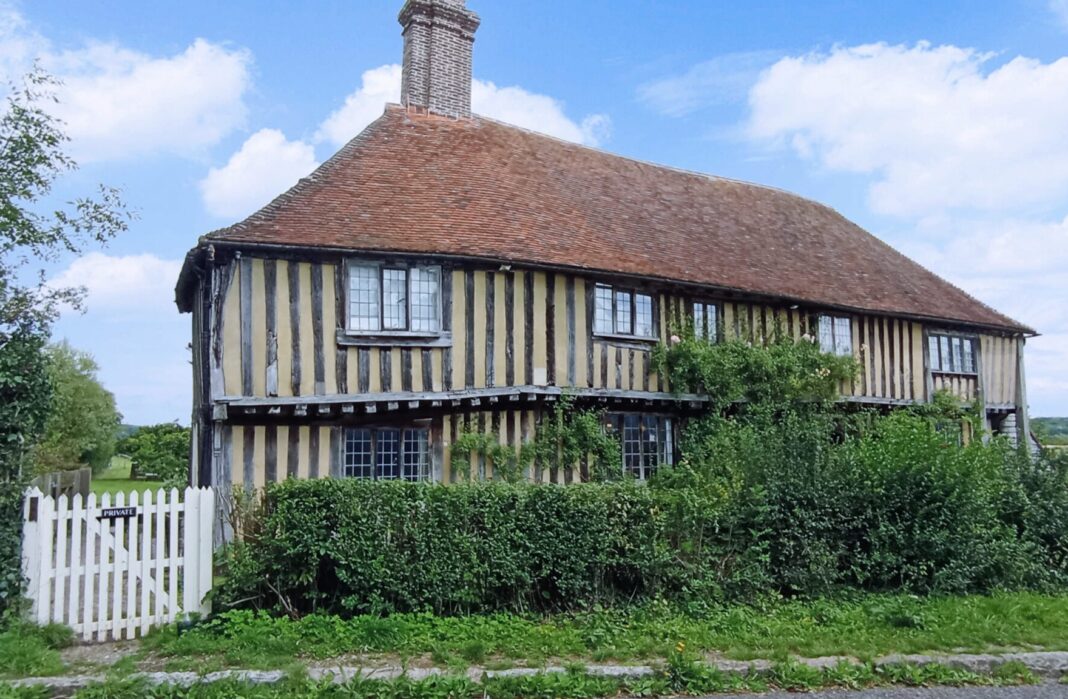I’ve already written something about Small Hythe in my article about Tenterden. How some of the great early royal ships were built there; the thousand ton Jesus, built for King Henry V in 1415, and King Henry VIII’s Grand Mistress, launched in 1545. In the old shipyard area, archaeologists have uncovered probably thousands of iron ship nails and roves, the lozenge shaped washers that held the ships together.
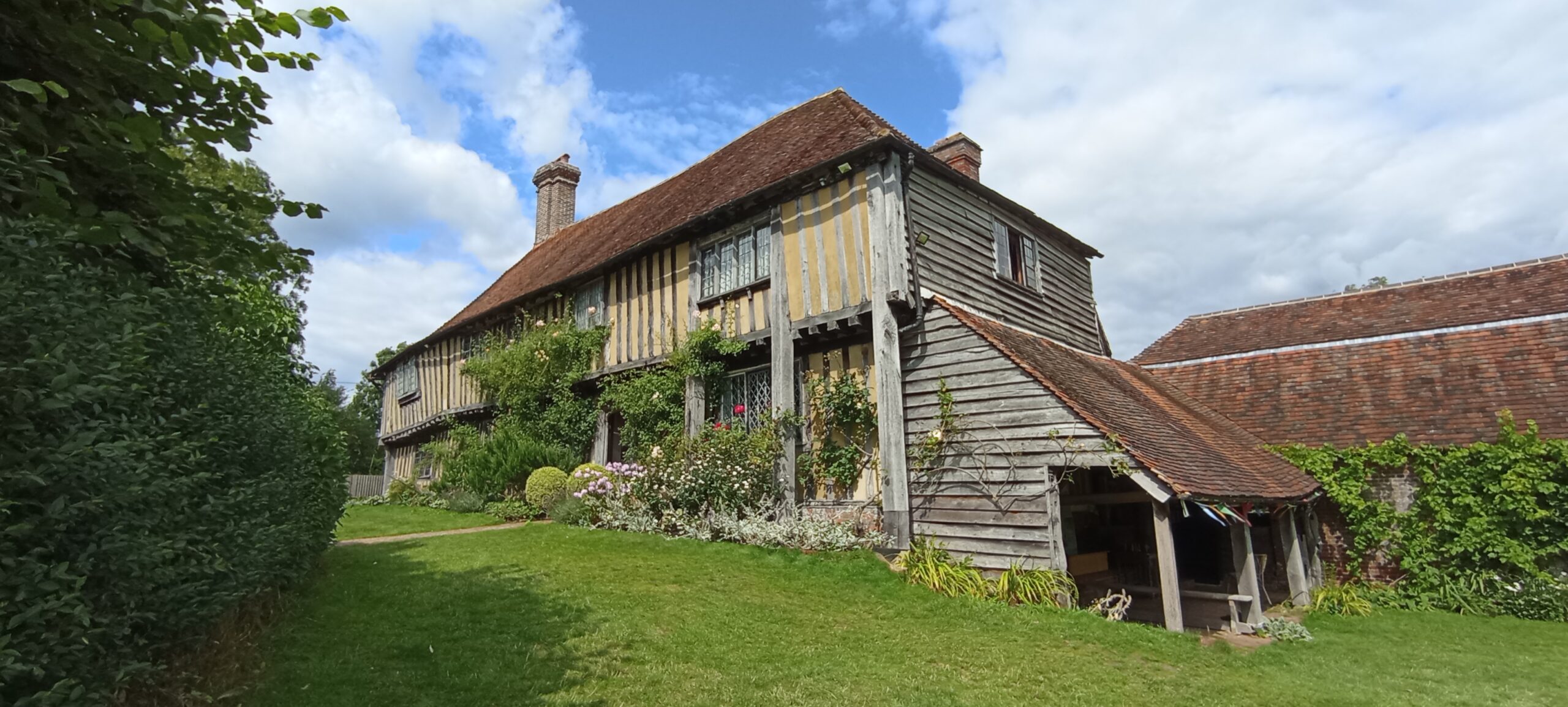
In previous excavations, small pieces of Roman pottery and building materials have been found, dating back to the beginning of the Roman occupation. A number of tiles with the mark CLBR, the Latin abbreviation for Classis Britannica, have been discovered in 13 locations. This means ‘British fleet,’ or perhaps more accurately, ‘fleet in British waters.’ It was a provincial branch of the Roman Imperial Navy, which controlled the English Channel, or Oceanus Britannicus.
The Classis Britannica was never intended as a serious fighting force. Rather, it was for moving personnel and supplies, and acting as the communication conduit to and from mainland Europe.
It is now believed that Dover, then Dubris, was the fleet’s major base in England, although the principal headquarters port was Boulogne, where the excavated fortress and port were somewhat larger than Dover. For many years Richborough, (Rutupiae,) was held to be the English main base, but archaeological work seems to now indicate otherwise. The third known port, Portus Adurni, became Portchester Castle, near Portsmouth. This too was substantial.
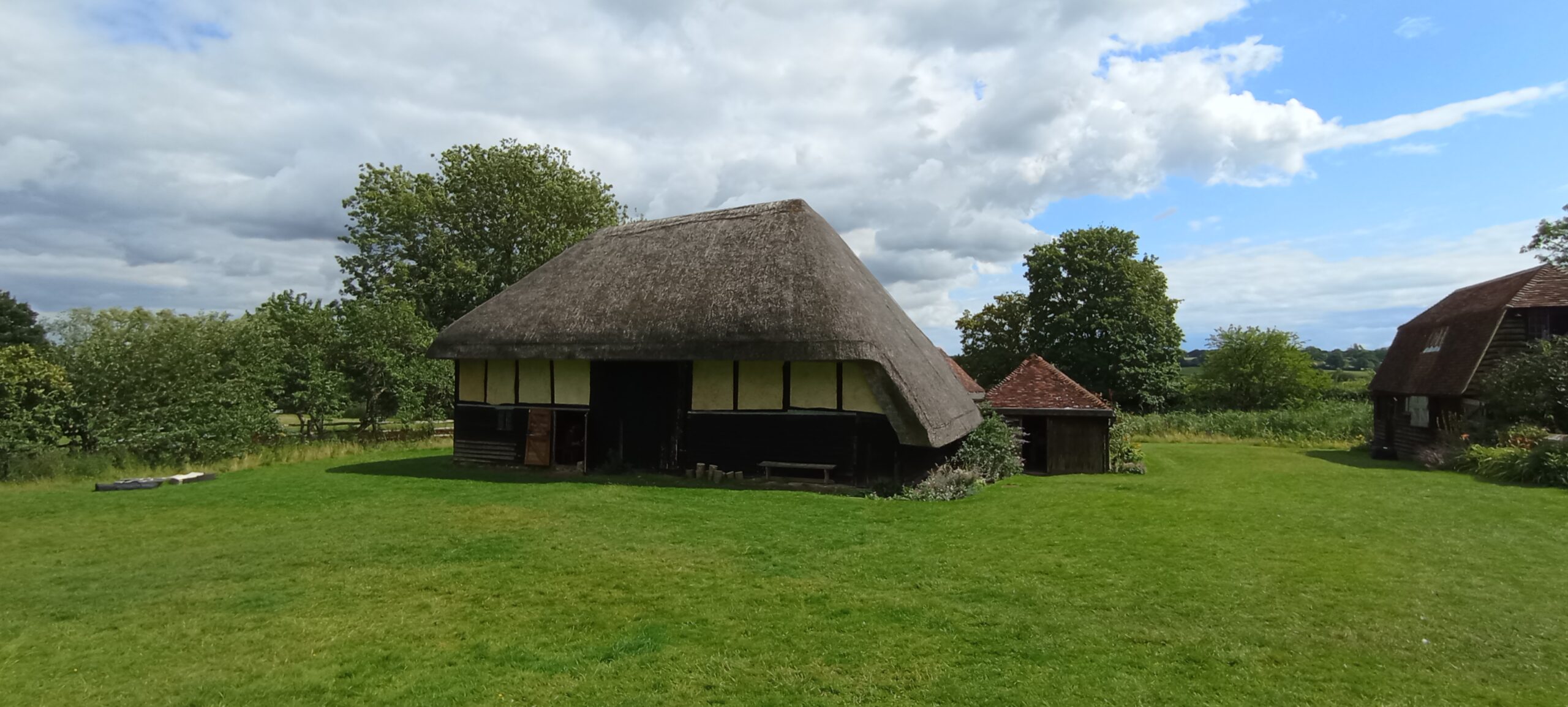
The ships of the Classis Britannica were Liburnian biremes, powered by oars spread over two decks. They were armed with a bow ram, a stern castle or fighting platform, and probably carried ballistas as their armament. These were rather like an oversized crossbow, firing lethal bolts. They had a useful range of more than 500 metres. Archers had a range of about 100 metres, so were very much ‘outgunned.’
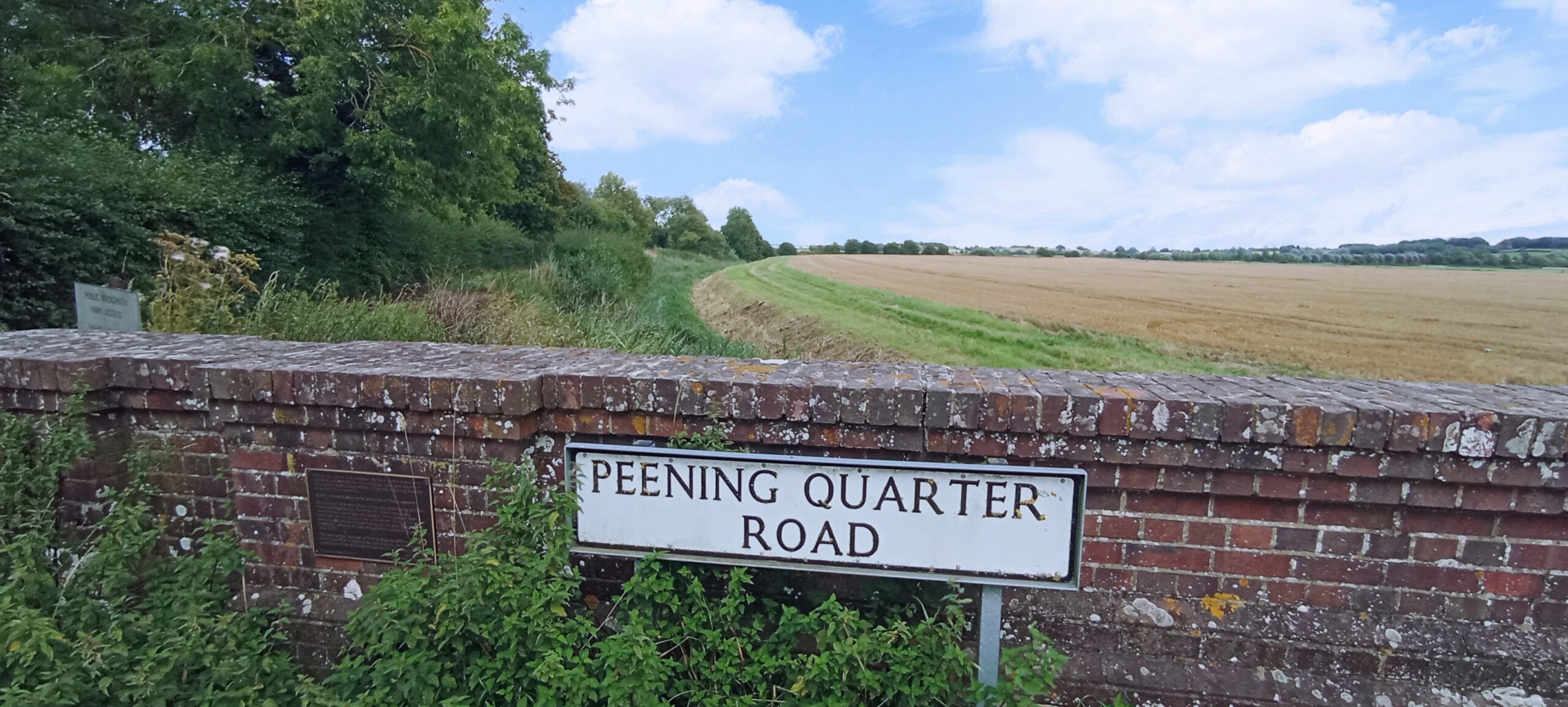
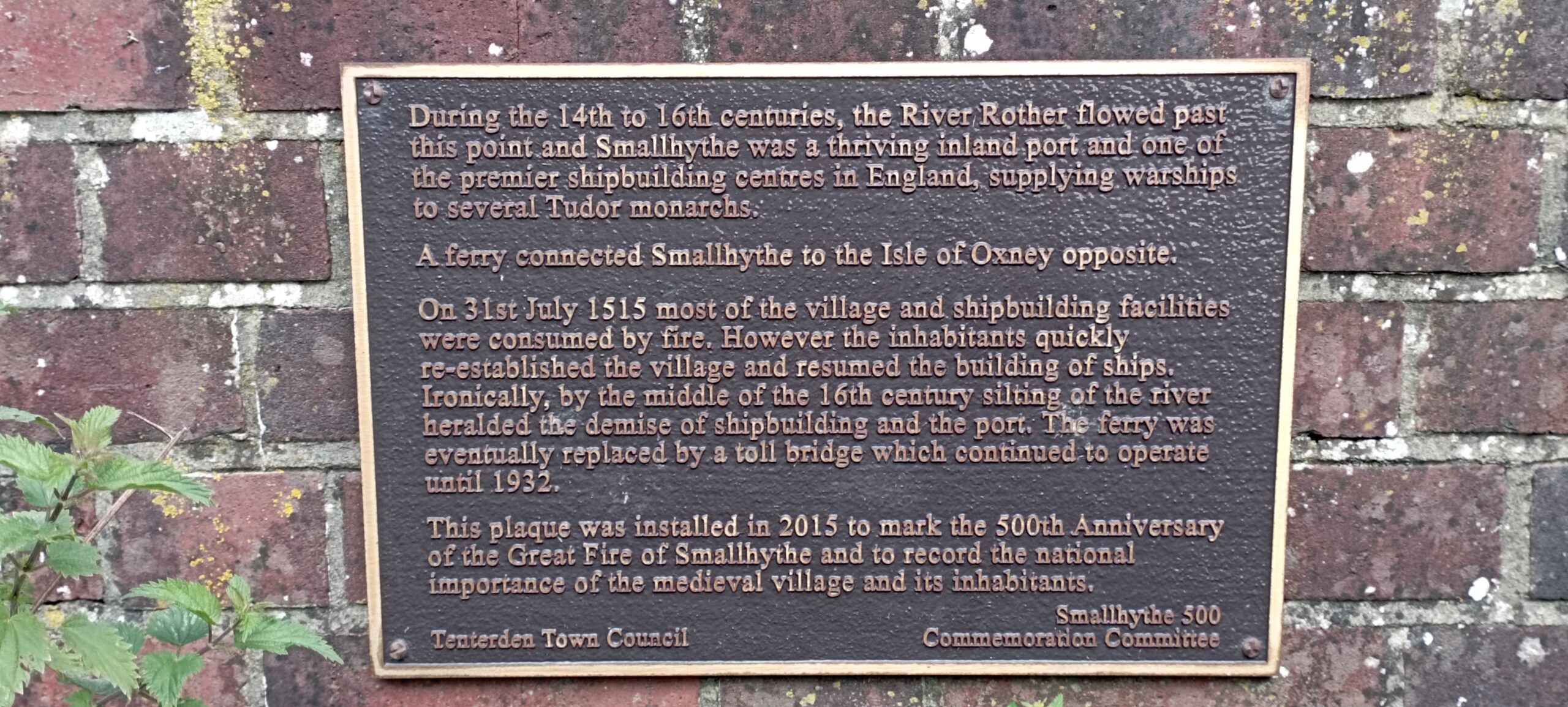
As the power and influence of Rome waned, so the fleet spent most of its time protecting the southern and eastern coasts from raids by the Saxons. Because of the raids the coasts became known as the Saxon Shore, commanded by the Count of the Saxon Shore. A series of forts, called, unsurprisingly, Saxon Shore forts, was built around the endangered coast. A contemporary document, Notitia Dignitatum, that described buildings that ranged from the imperial court through to provincial government buildings, mentions the building of nine such forts. By the middle of the third century AD, Classis Britannica disappears from all records. Its ships may have been moved to other duties on other stations or simply broken up.
It now seems likely that there was Roman naval activity at Small Hythe. It would have been based in a small harbour and could have provided a stopping off point for vessels heading upstream to the harbour at Bodiam. It will be interesting to see what else is revealed.
Image Credits: Nick Forman .



